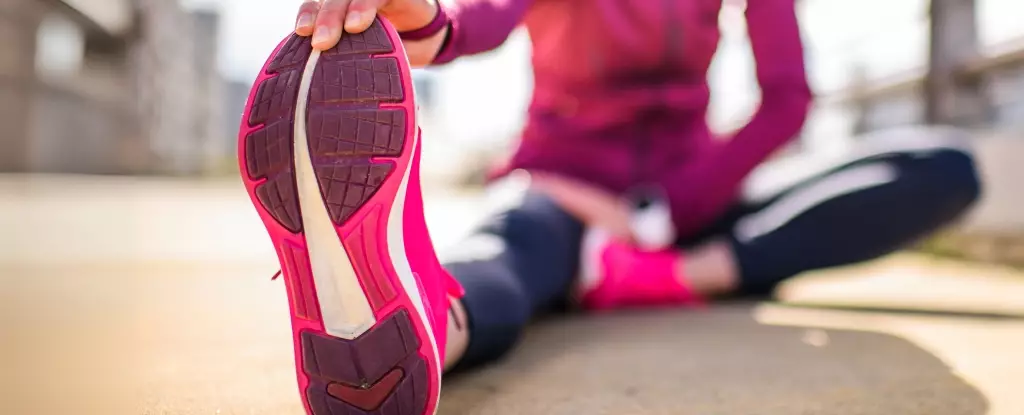Flexibility is often overlooked in fitness discussions, but it plays a crucial role in overall health and athletic performance. Essentially, flexibility is the capacity of your muscles and joints to move freely throughout their full range of motion. This capability not only enhances your athletic prowess but also enables you to carry out everyday tasks with ease. For instance, simple actions such as reaching for an item on a shelf or tying your shoes can become daunting challenges if you lack sufficient flexibility.
As we age, our ability to maintain flexibility diminishes, which can lead to a decline in functional independence. This underscores the importance of incorporating flexibility training into your fitness regimen right from an early age, as it may help prevent injuries and enhance your quality of life.
When discussing flexibility, stretching becomes a topic of paramount importance. Among the various stretching methods available, static stretching has emerged as the most recognized technique. This form involves holding a position to lengthen a muscle group, typically for a period ranging from 15 to 60 seconds. A popular example includes placing one foot on a chair while straightening the knee to stretch the hamstrings.
However, while static stretching has been widely practiced, confusion often arises regarding the optimal approach for improving flexibility. New research sheds light on the duration and frequency required for effective stretching, refuting the notion that extensive hours of stretching are necessary for results.
A detailed year-long investigation involving over 6,500 adults revealed critical insights into the timeframe and intensity of stretching required to enhance flexibility. Researchers analyzed 189 studies focusing on both individual and repeated sessions of static stretching and compared outcomes with participants who did no stretching at all. Remarkably, the studies indicated that holding a stretch for about four minutes in one sitting yields immediate gains in flexibility.
In contrast, for lasting improvements, dedicating around ten minutes per week to stretching a muscle group proved effective. This can easily be incorporated into a busy schedule, allowing flexibility work to be seamlessly integrated into daily routines.
Interestingly, findings suggest that the intensity of stretching—whether hard or easy—does not significantly affect flexibility outcomes. This means that those who find it easier to stretch to a comfortable level can achieve similar benefits as those who push through discomfort or pain.
In terms of how often one should stretch, the good news is that the frequency can vary widely. The crucial takeaway is to aim for that total of ten minutes of stretching per week for each targeted muscle group. For example, investing one minute daily in stretching each muscle or dedicating five minutes a couple of times a week will suffice. Those with tighter muscles may need to engage in more extensive stretching routines, but this doesn’t have to be a daunting task.
Flexibility knows no bounds—age, sex, or fitness level do not limit one’s ability to improve this essential quality. From sedentary individuals to seasoned athletes, anyone can enhance their flexibility with a little commitment.
One of the greatest advantages of static stretching is its accessibility. You don’t have to hit the gym or use any specialized equipment. Flexibility training can effortlessly fit into daily activities—whether at home watching television, during a break at the office, or even post-walk with your dog.
As with any exercise, the specific stretches tailored to your needs will depend on individual tightness in different muscle groups. Some frequently recommended stretches include:
– Leaning forward with one foot elevated on a bench to target the hamstrings.
– Bending your knee and pulling your foot to your buttocks to stretch the quadriceps.
– Reaching across your body to stretch the triceps.
Although self-directed stretching is beneficial, seeking guidance from health professionals such as physiotherapists or exercise physiologists is advisable. These specialists can assess your flexibility and provide customized stretching plans that cater to your specific requirements.
Improving your flexibility is a realistic and attainable goal. Investing just a few minutes each week can lead to significant enhancements in your range of motion and overall physical performance. Embrace the journey of becoming more flexible, and you might just discover newfound movement potential in your everyday life.

